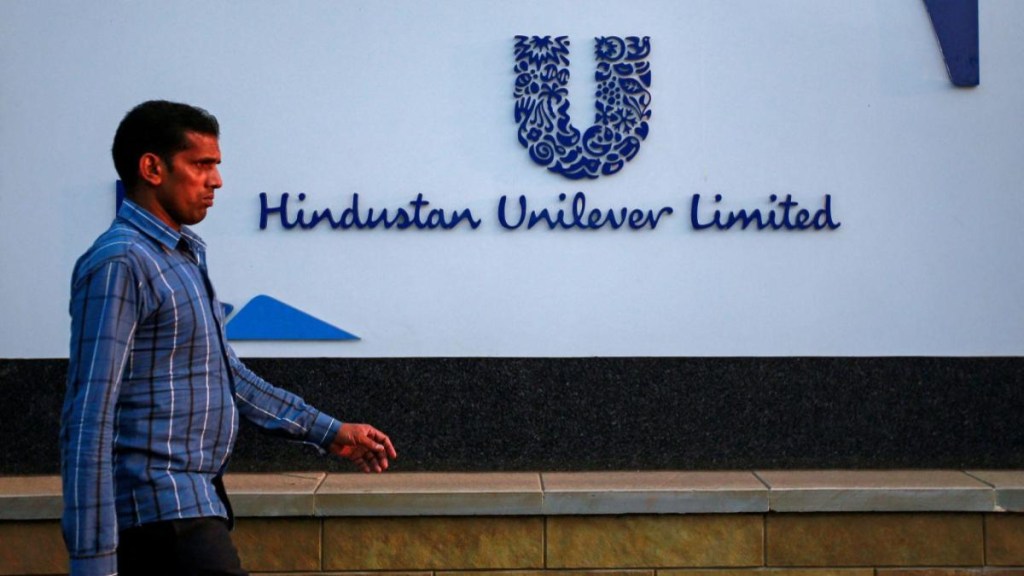Demand concerns in urban areas that were flagged by most fast-moving consumer goods (FMCG) companies in the September 2024 quarter are now beginning to get worse.
December 2024 quarter earnings of Hindustan Unilever (HUL), the country’s largest FMCG company and sector bellwether, point to this trend, as urban middle-class households cut back on expenditure, shifting to small packs from large packs. The company has also projected its Ebitda margins to remain at the lower end of the 23-24% range in the future, which analysts say is an indication that urban demand woes may persist for some time.
“Rural consumers tend to buy in small packs. But now, we are seeing urban consumers also buying small packs. In the December quarter, the pack mix has gone in favour of small packs as urban budgets tighten,” Rohit Jawa, CEO & MD, HUL said on Wednesday.
The FMCG industry derives about two-third of its sales from urban areas and a third from rural areas. In HUL’s case, rural areas give the company about 40% of its sales and 60% of its sales come from urban areas, according to sector analysts.
So, a shift to small packs in urban areas, say experts, hurts overall volume sales, which is showing up in flat volume growth for the December quarter. For perspective, HUL has seen volume growth in the region of 2-4% in the last three quarters.
“Typically, most FMCG companies have encouraged urban consumers to go in for large packs, offering discounts and buy one get one schemes to shore up volume consumption. The shift to small packs points to downtrading and growing stress in urban areas, notably among middle class consumers,” Sachin Bobade, vice-president research at Mumbai-based brokerage Dolat Capital said.
While the bright spot for HUL and most FMCG companies is the revival in rural areas, which is getting better, firms are banking on the upcoming Union Budget to address urban slowdown concerns.
“We can’t control real wage growth or food inflation concerns that have been hurting demand in urban areas in the last few quarters. These are macro issues. We would be watching the Budget closely to see what is in store for the middle class,” Jawa said.
HUL is now counting on rural demand and low-single-digit price growth to navigate the FMCG market in the coming quarters. More importantly, price growth, which had lagged volume growth owing to benign commodity costs and price cuts, may actually move ahead of volume growth, HUL’s CFO Ritesh Tiwari said. This is as the firm takes “calibrated price hikes” in skin cleansing and tea to mitigate inflation.
“Both crude palm oil and tea have turned inflationary over the last few months. In the last one week, crude oil has also become volatile. We will watch these commodities closely. At the same time, we have taken measured price hikes in skin cleansing, which uses palm oil as an input and tea to address the inflation concerns that have been existed within these commodities for a few months,” Tiwari said.
The company also said that it would continue to keep its focus on premiumisation despite tepid demand in urban markets. “The secular trend of premiumisation remains intact as premium products are doing better than popular and mass-market categories in urban areas,” Jawa said.
